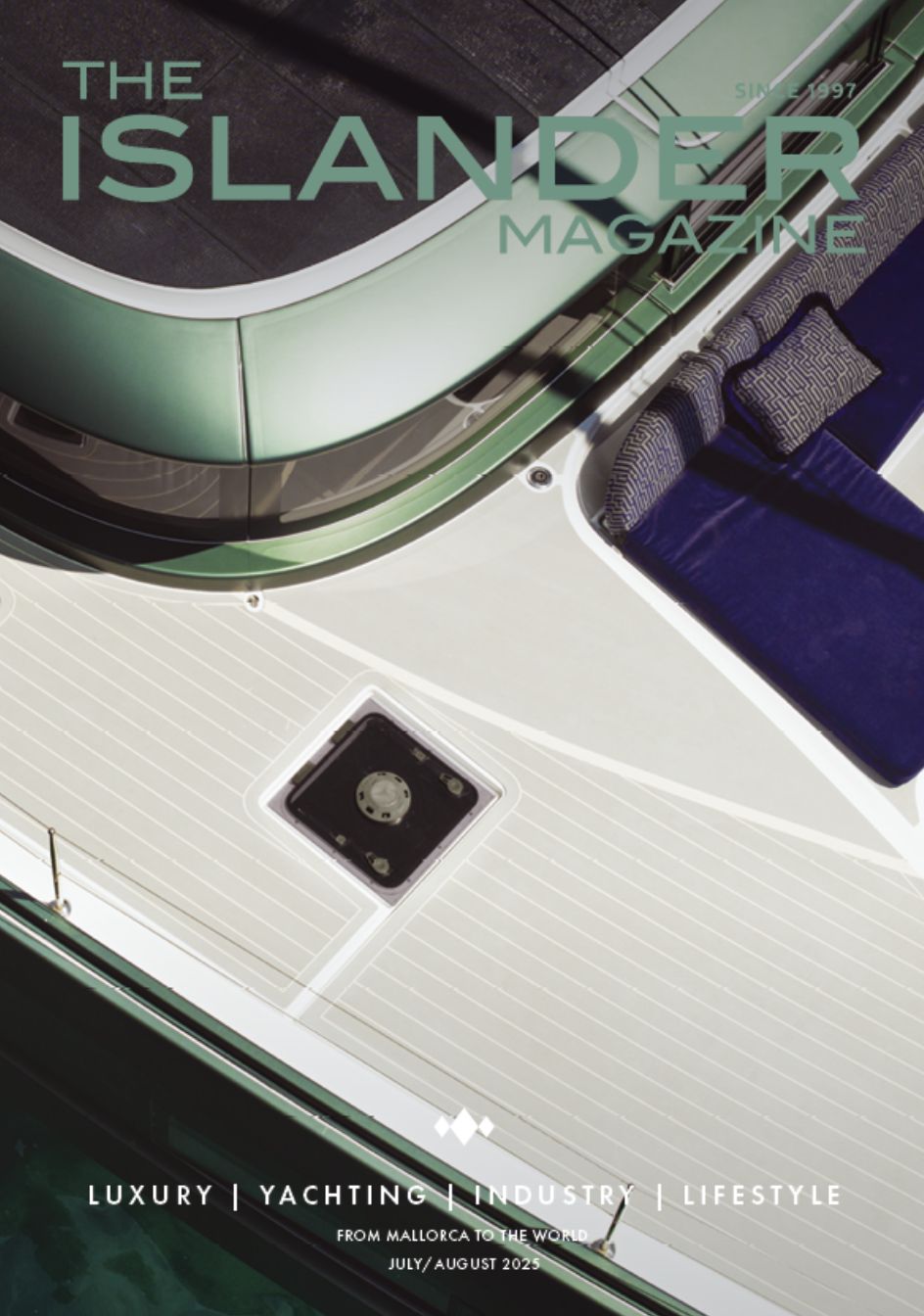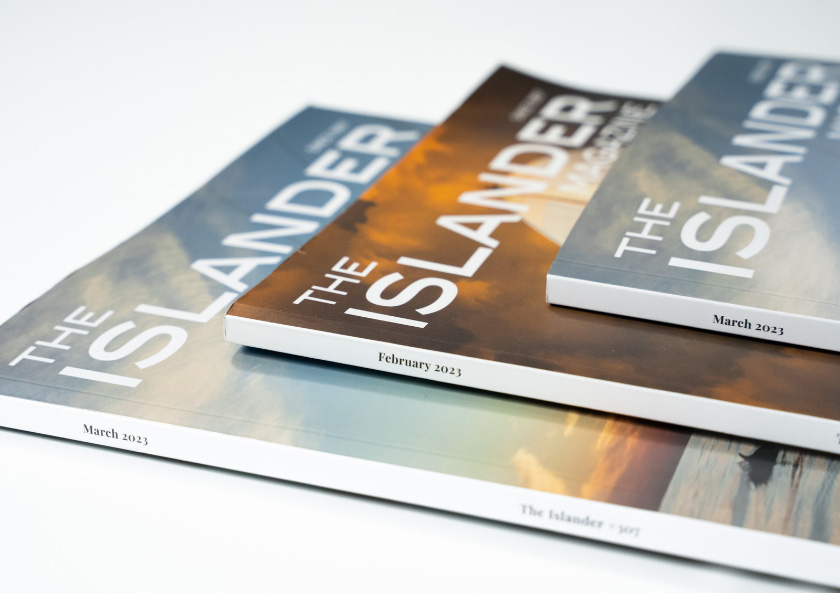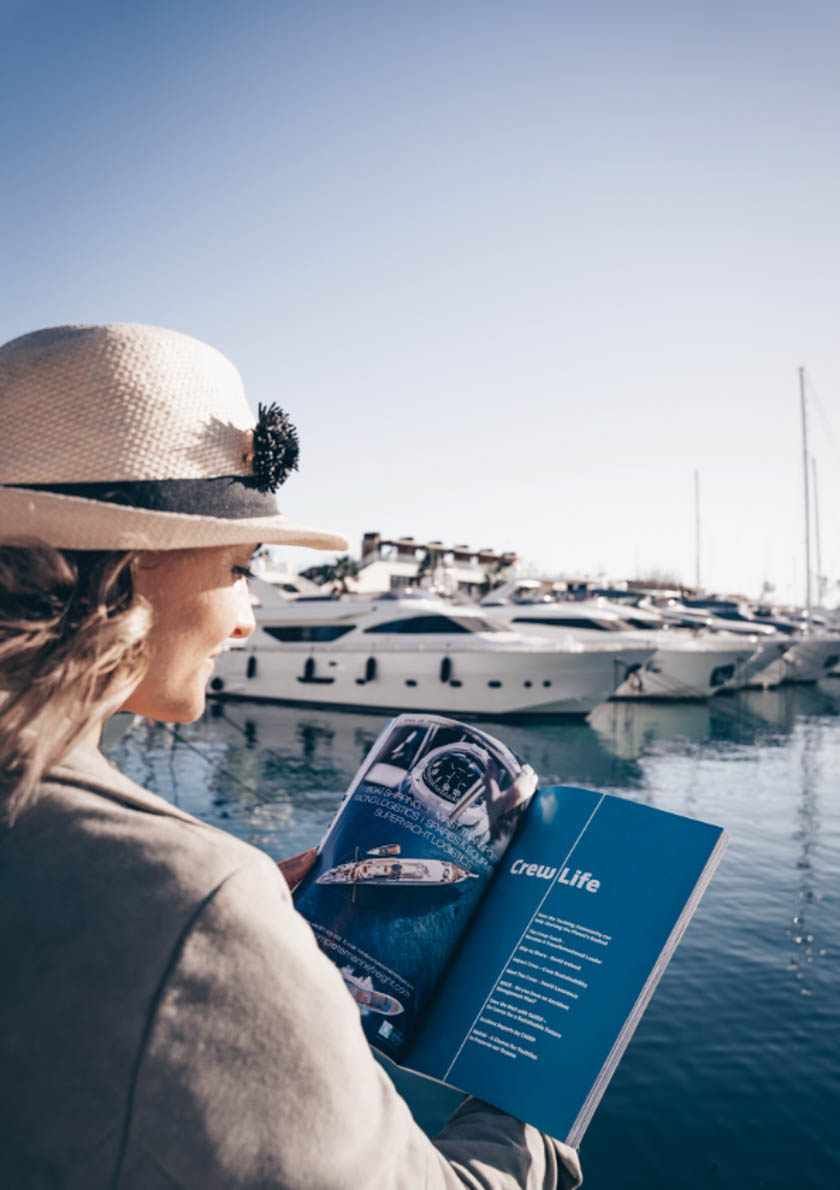The Balearic Islands are home to the Mediterranean’s most unknown cetacean species, and the yachting community might be key to their preservation.
Thanks to mobile phones and the internet, anyone can now provide valuable information to ongoing scientific research. You can quite literally take a photograph of a wild animal, jot down some basic information such as date, time and GPS position, and send it to a researcher. This will make a small but significant contribution to gaining knowledge of the Natural World. This contribution earns you the title: “citizen scientist”.
Around the Balearic Islands, we at ALNITAK Research Institute have been studying the “Risso’s dolphin” since 2018. If you come across them, your observation could be extremely useful to our project. In this article, I’d like to introduce you to this strange and fascinating dolphin and what we would like to learn about them. I will explain how you can help us by ensuring any interaction is respectful towards the animals.
Risso’s dolphins are large and unmistakably bizarre-looking, making them quite easy to identify. However, they are considerably rare, mostly inhabiting the deep waters offshore. Here, they forage mainly on deep-sea squid that remain safely at great depths during the daylight hours and rise under the cover of darkness.
Probably the most striking thing about these dolphins are their scars, which they acquire gradually as they age, mostly from scratching each other with their teeth in social interactions. Calves are born grey, but due to these extensive lesions, adult animals can sometimes turn practically white.
These scars are also very useful to us researchers and can provide some amazing in-depth (pun intended) information. From clear photographs and videos, we can use the unique pattern of the scars on their dorsal fins to identify each individual – like human fingerprints! This technique, known as “photo-identification”, means we don’t need to use physical tags which can stress the animals, whilst allowing us to recognise the dolphins when encountered again. So far, we have over 250 dolphins identified in the Balearic Islands!
At ALNITAK we pride ourselves on spending many days sailing on the open waters searching for wildlife such as these dolphins and taking data when we encounter them. But, however intensively we work, we are only one small ship often searching for animals that range over hundreds of miles. Scientific progress can be slow if we only rely on ourselves, which is why we believe there could be untapped potential in the Balearic Islands’ yachting community to help collect data, whilst also safeguarding the animals open sea habitat.
While the open sea ecosystem is the Planet’s largest and least-known wilderness, members of the sailing community, as well as fishermen and other seafarers, call this their second home. They often have chance encounters that researchers would kill to see! Reporting these correctly can be of amazing help to us.
In 2021, a young biologist, Atenea Malmierca, was sailing along the north of Mallorca and took a brief video of a Risso’s dolphin approaching her yacht. Fortunately, she knew of our project and promptly sent the video along with GPS coordinates, time and date, thus making a great contribution. I was thrilled to see the dolphin’s markings on its fin, and added it to the catalogue. We hadn’t seen that particular individual yet, so it was nicknamed “Atenea” after her. This, the first contribution made from a vessel other than ours is a shining example in many ways: firstly, it illustrates how easily and quickly an observation can be made just with a smartphone. Secondly, the vessel didn’t chase the dolphins. In fact, they didn’t even change their course or speed! The dolphin approached of her own free will, got her video taken, and returned to her daily dolphin routine.
Respect for the dolphins is probably the most important thing to remember if anyone has the luck of encountering a group of Risso’s dolphins. First of all, it is worth noting that legislation exists since 2007 designed to protect whales and dolphins in Spanish waters. This “Royal Decree” summarised in the illustration, regulates how to approach; how far to stay away; and makes specific restrictions for groups comprising mothers and calves. With these in mind, I would, however, encourage anyone reading this to aim even higher. A golden rule followed by Atenea, for example, is to allow wildlife to approach of their own accord and never chase them.
I would love to receive observations, but above all, I would be overjoyed to hear that any encounter you may have with dolphins or whales was a positive experience for both humans and animals. We prioritise this over scientific research: the last thing we want is for someone to chase dolphins with the good intention of getting us better videos or photographs. It has been proven that harassment can alter dolphins’ daily lives; even force them to relocate, which would be tragic indeed.
What are we trying to learn from this? Well, quite literally everything we can about the Risso’s dolphins that live in, or swim through, the Balearic Islands. How many are there? Where are they typically spotted? What are they doing in certain places? These, and many more questions, remain to be answered. Progress can be made thanks to reported sightings. Even a quick photograph at a distance, with date, time and GPS positions allows us researchers to know that Risso’s dolphins were present in that place; at that time. With so many question marks, each new sighting is gold.
What we do know from research teams in Italy and France is that some areas of the Mediterranean may have seen populations reduce by over 50% in the last decade. In study sites where the species was once regularly seen, there have been little to no encounters in recent years. This is why in November 2021, the species was re-classified as “Endangered” in the Mediterranean by the International Union for the Conservation of Nature (IUCN). Luckily, ALNITAK’s research so far around the Balearic Islands hints that there may be some hope. Risso’s dolphins are sighted here probably more often than anywhere else in the Mediterranean – and groups often have calves. It could be that our region is one of the few remaining safe havens.
Apart from preserving the species itself, ALNITAK always has the bigger picture in mind, which is why we monitor the species inside marine protected areas (MPAs) such as Cabrera Archipelago National Park. Dolphins are often presented to us as benevolent and angelic beings, however, we mustn’t lose sight of the fact that they are top predators. Just like sharks on coral reefs or wolves in a forest, studying dolphins can shed light on the overall health of the marine ecosystem they are part of. This is called “indicator species” and is a useful tool for conservation.
Ecological importance aside, I also argue (albeit, quite biased!) that the Risso’s dolphin is a species we should be proud of, and one that should be emblematic and representative of Balearic waters. Given their gradual disappearance elsewhere, their presence here should be a happy reminder that there is hope and life in the Oceans, as well as the importance of keeping the Sea as pristine as can be.
If you see Risso’s dolphins, please keep their welfare in mind at all times, and only if you are able, we would appreciate:
– photographs and/or videos
– time and date of the encounter
– the GPS position of the encounter, as well as any other notes or observations you may have.
You will of course receive feedback on whether any of the dolphins are re-sightings, or if you have helped us add completely new ones!
YOUTUBE VIDEO OF THE PROJECT: https://www.youtube.com/watch?v=eUSUH9zh1Oc&t=100s
Alexander Sanchez Jones – Alnitak
Instagram @alex.sj23 / @alnitak_org
Read more CREW LIFE articles




















0 Comments